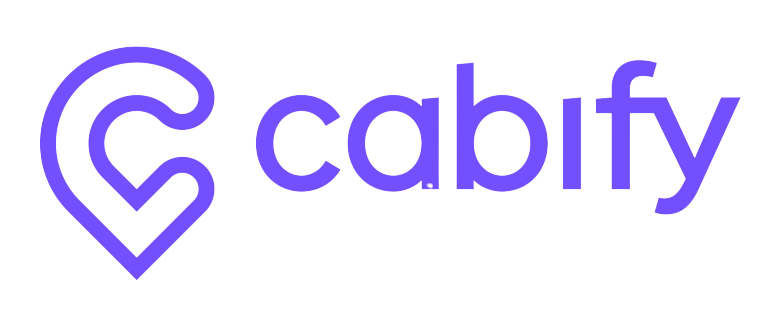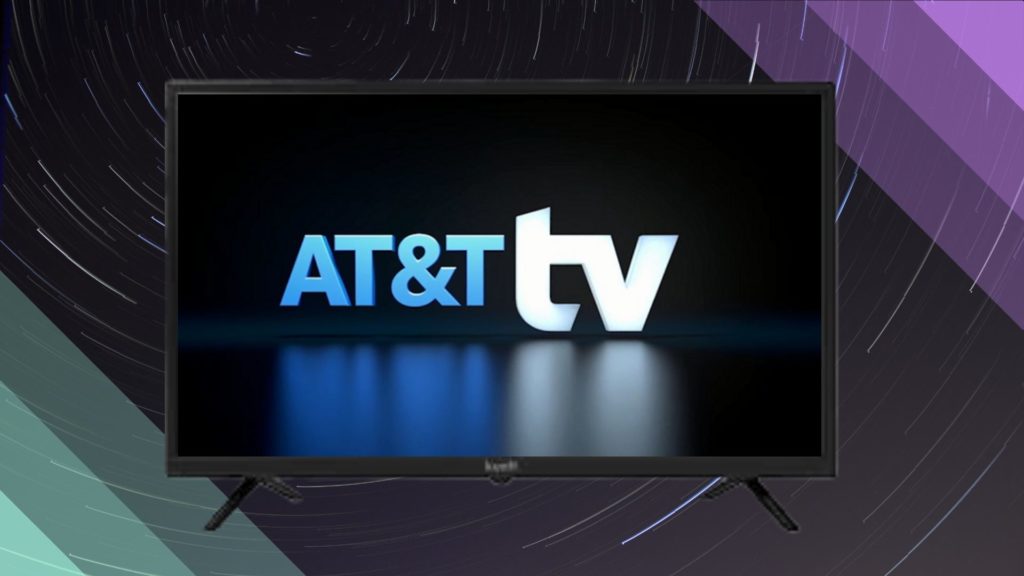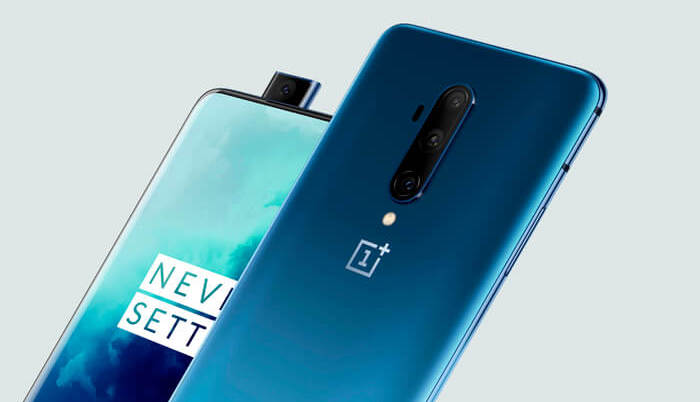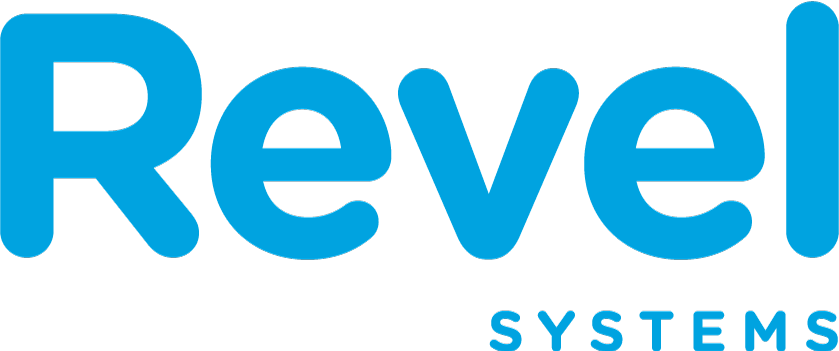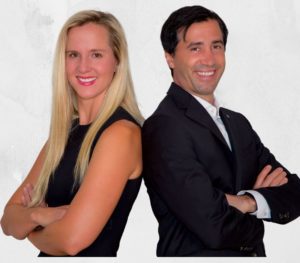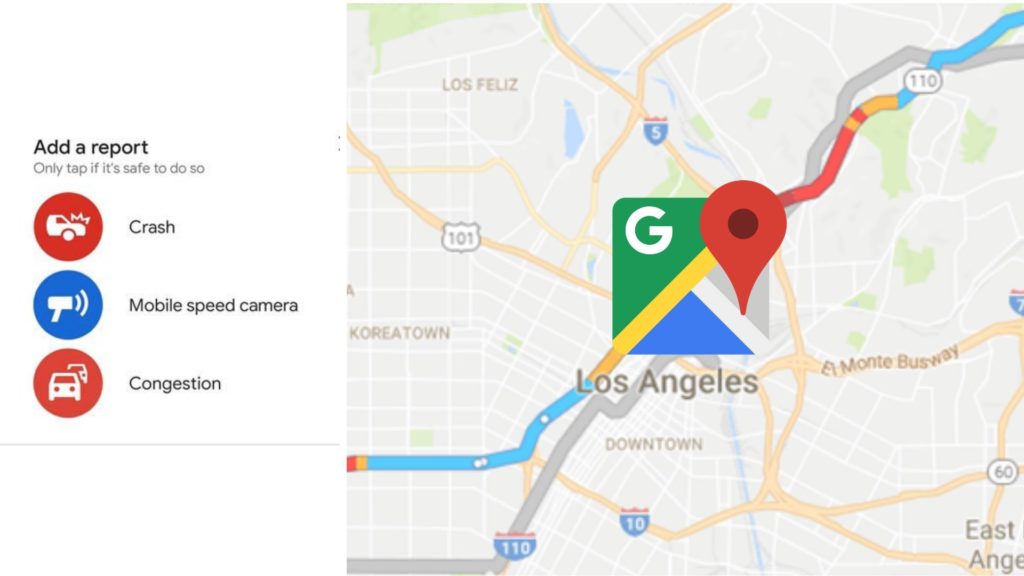Waze : The Israeli Build, Play, Monetize Mapping App that Acquired the Attention of Google
Though in the past, the paper maps were the most innovative inventions of its time and helped people with their long trips to new places, it was quite difficult to read those maps when they drove their cars. But since the technology has taken everything in its hands, now people can easily find their ways to new places using the GPS systems and via the digital maps, Google Maps being one of the favourites of all. But there is another map app named Waze which came all the way from Israel, which even attracted Google and made it buy the technology behind the app.
Ehud Shabtai is the founder of Waze, who was born and brought up in Israel. He completed his graduate degree in Philosophy from Tel-Aviv University, followed by a B.S. degree in Computer Science from the same university.
Shabtai founded Waze when he encountered a problem in finding the right routes and less traffic on them, as to reach different places in lesser time. For this, one of his friends gifted him a GPS. Though GPS was good for finding the direction, it was not able to give the information about the traffic on the roads.

Being a software engineer, he decided to develop a new application, that would help people find the direction to various places, and the information about the traffic or any blockage on the roads due to any reason. Finally, in 2006, he developed and launched a new map app, named FreeMap Israel. The app included a database for the Israeli map and crowdsourced the information of the Speed Cameras. The application used maps from Mapa Ltd. But with the instant growth of the app, Shabtai also received a copyright claim from Mapa Ltd.
Mapa Ltd, at the same time, also offered to buy the app, but Shabtai denied the offer and removed all the Mapa maps from the platform. In 2008, along with Uri Levine and Amir Shinar, to commercialise the app, Shabtai launched the Waze app. The app was like a clean slate, that would collect data from different users, such that directions to a new place, which would get stored in the app’s database, and would help other people for their trips. The app promoted a new strategy of building, playing and monetizing for the app.
Waze encouraged people to enter the route they were travelling a 10th time or the first time, and the data would get stored into its database, such that other users could follow the most appropriate path to the same destination. The users would get points for drawing roads on the app, and earn points for that. Around 1,500 volunteers helped the app in mapping the geographical area of Israel, and Amir Shinar was one of those volunteers. Later, the company got the licensing for its data. In 2009, the Shabtai renamed the company as Waze Mobile Ltd.
In a round of funding in 2010, the company raised a $25 million, followed by another $30 million in financing in the next year. The same year, Waze was upgraded with new features that would help people report local events going on the streets and roads so that the users could take other routes.
After Israel, the company opened its next office in California, employing 10 people. In 2012, the app was incorporated with options for advertising businesses based on location.
Waze received a free promotion when Interstate 405 in California was to shut due to heavy traffic. For that, a local TV show invited the Waze team in order to help people find their way. This was a great help in advertising the service. Leading to that, the company even built a web interface for TV news stations, and over 25 TV stations in the U.S. only were using the same interface to broadcast the traffic information live on TV by 2013. In the same year, the app received the Best Overall Mobile App award from the GSM Association.
Though the company had denied for selling the technology to Mapa Ltd in 2006, it was sold to Google for $966 million in June 2013. At that time, Waze had 100 employees, and Google paid them around $1.2 million during the acquisition. Since then, Google has been adding up the Waze features to Google map. In 2017, with a partnership with Spotify, Waze offered the option to play the Spotify music, and likewise, users could now get the Waze directions on Spotify directly. The next year, the company even introduced support for Apple CarPlay. Waze even updated the iOS platform with Siri Shortcuts support in 2019.
Pandora, Deezer, iHeart Radio, NPR One, Scribd, Stitcher, and TuneIn are Waze’s partners for Audio Player. With Google partnership, Waze offered the Google Assistant integration as well as YouTube Music integration on the platform.
Today, the app is used to report and track the traffic, any other incidents, like the crashes, road blockage, events on the roads, etc. People can also modify the app data by registering to it, and even record voice over for the directions on the app. The success of Waze had made it regular with around 130 million users every month.

Yashica is a Software Engineer turned Content Writer, who loves to write on social causes and expertise in writing technical stuff. She loves to watch movies and explore new places. She believes that you need to live once before you die. So experimenting with her life and career choices, she is trying to live her life to the fullest.

